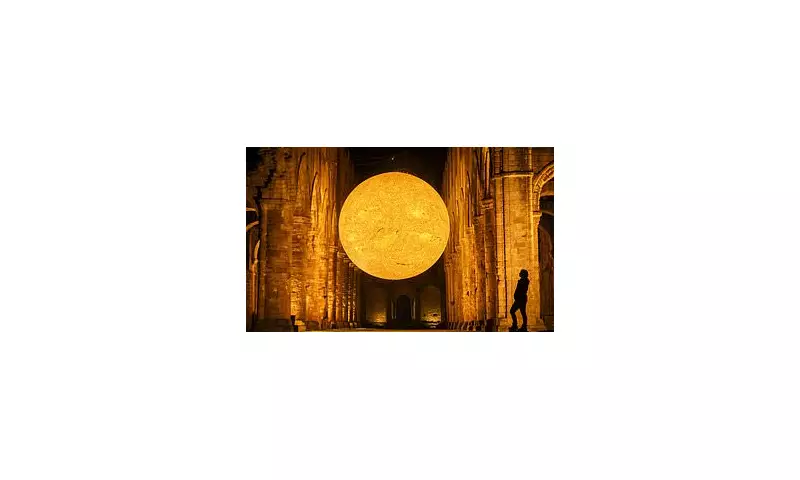
The majestic ruins of Fountains Abbey, standing for nearly nine centuries in North Yorkshire, have been bathed in an extraordinary new light as part of a groundbreaking art installation that merges ancient history with contemporary creativity.
A Divine Illumination
A colossal sculpture representing the sun, named after Helios - the Greek god who drove the sun chariot across the sky - has been strategically positioned to cast its radiant glow across the weathered stone walls of the Cistercian monastery. This dramatic installation creates a mesmerising contrast between the medieval architecture and modern artistic vision.
Preserving History Through Art
The National Trust, custodians of this UNESCO World Heritage Site, have orchestrated this spectacular display as part of their ongoing commitment to making heritage sites accessible and engaging for contemporary audiences. The careful placement ensures the ancient structure remains protected while allowing visitors to experience the abbey in an entirely new dimension.
From Daylight to Moonlight
Visitors who have witnessed the transformation describe the experience as "magical" and "breathtaking." The sun sculpture creates shifting patterns of light and shadow across the intricate stonework, revealing architectural details often missed during daylight hours and offering fresh perspectives on the abbey's grandeur.
A Symbolic Connection
The choice of Helios as inspiration carries profound symbolism, connecting the natural cycles that have witnessed the abbey's entire history - from its construction in 1132 through dissolution, decay, and now preservation. The installation serves as a powerful reminder of how ancient sites continue to evolve and find new relevance in modern times.
The evening illuminations have already drawn significant attention from heritage enthusiasts and art lovers alike, creating a unique opportunity to engage with England's rich monastic history in an immersive, atmospheric setting that bridges nearly a millennium of human achievement.





